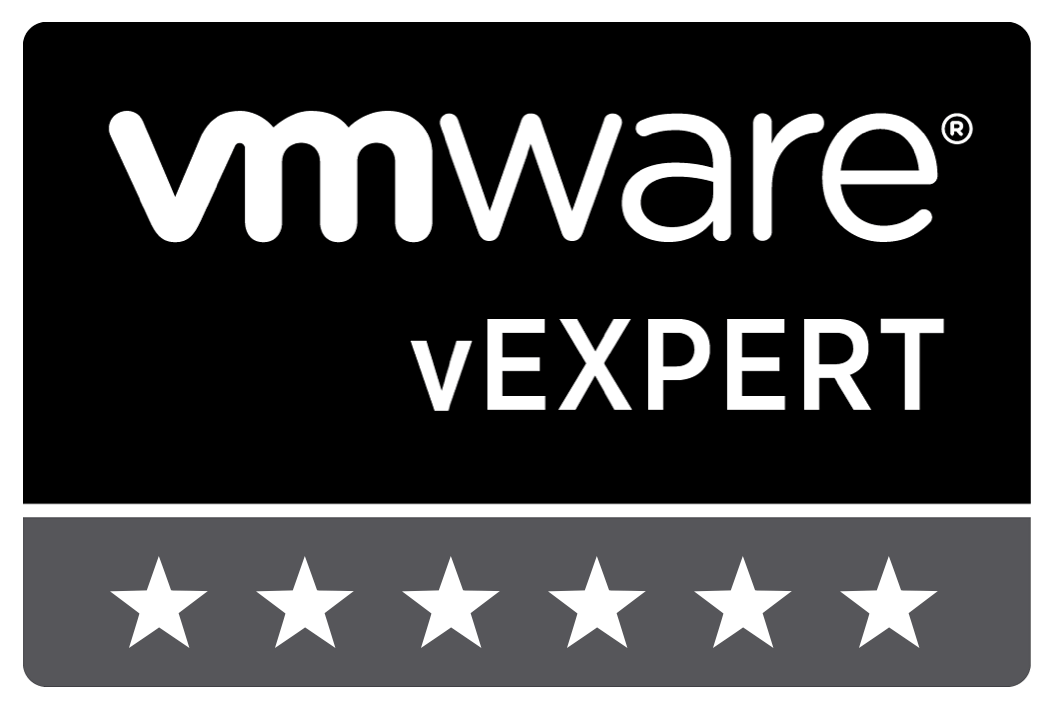useful cli for VSAN
get information using esxcli
esxcli vsan storage list
details on physical devicesesxcli vsan policy getdefault
details on default policy, most often referred as “none”
for cliesx vsan reference click here
convince the host that there is a SSD (if there is a really one)
- search for the SSD using:
esxcli storage nmp device list
you will get a satp-type and a device-id. The satp-type can be used to mark a remote disk as SSD. In the case of VSAN, SSD should be local. - mark the disk as SSD:
esxcli storage nmp satp rule add --satp=VMW_SATP_LOCAL --device=device-id --option="enable_ssd enable_local" - Accoring to KB you have to reboot the host, but it works without too.
- unclaim the disk
esxcli storage core claiming unclaim --type=device --device=device-id - claim the disk again (it is another order than in KB)
esxcli storage core claimrule loadesxcli storage core claimrule runesxcli storage core claiming reclaim -d device-id
- check the result
esxcli storage core device list -d device-id
read the full KB entry here.
clear partition form disks before add to VSAN
if you get errors by adding disk to VSAN, old partitions can resist on the disk. TAKE CARE TO CLEAR THE RIGHT DISKS!! To clear them do:
- check for partition
partedUtil getptbl /dev/disks/mpx.vmhban\:Cn\:Tn\:Ln - delete them
partedUtil delete /dev/disks/mpx.vmhban\:Cn\:Tn\:Ln N
with N is the number of the partition listed with command before


